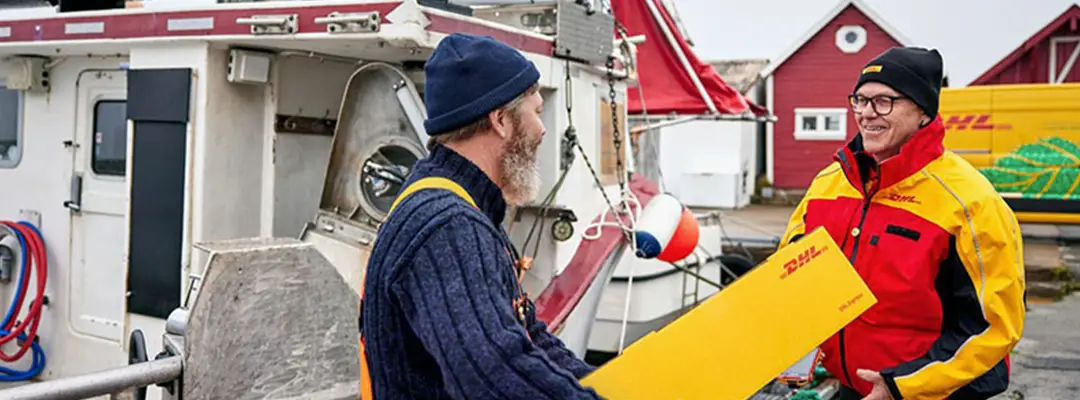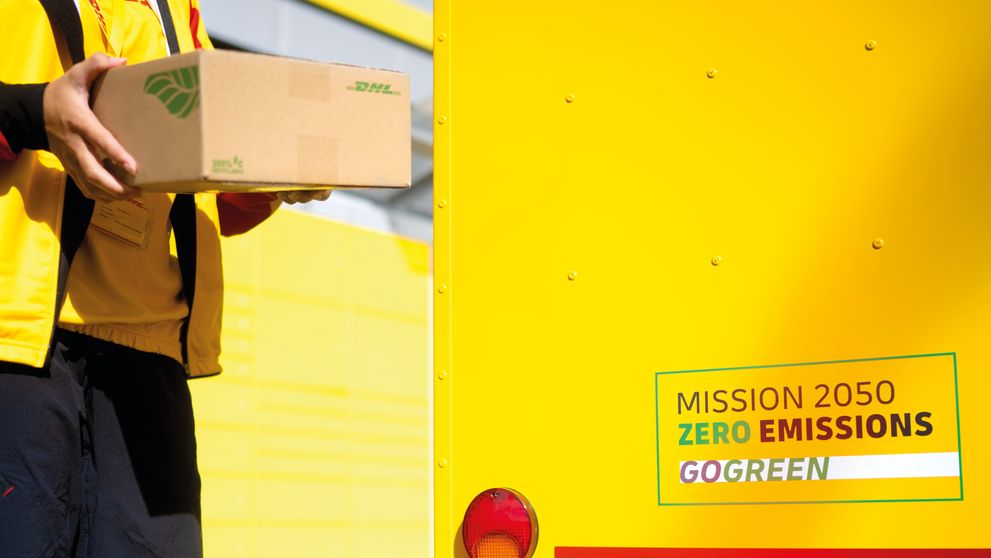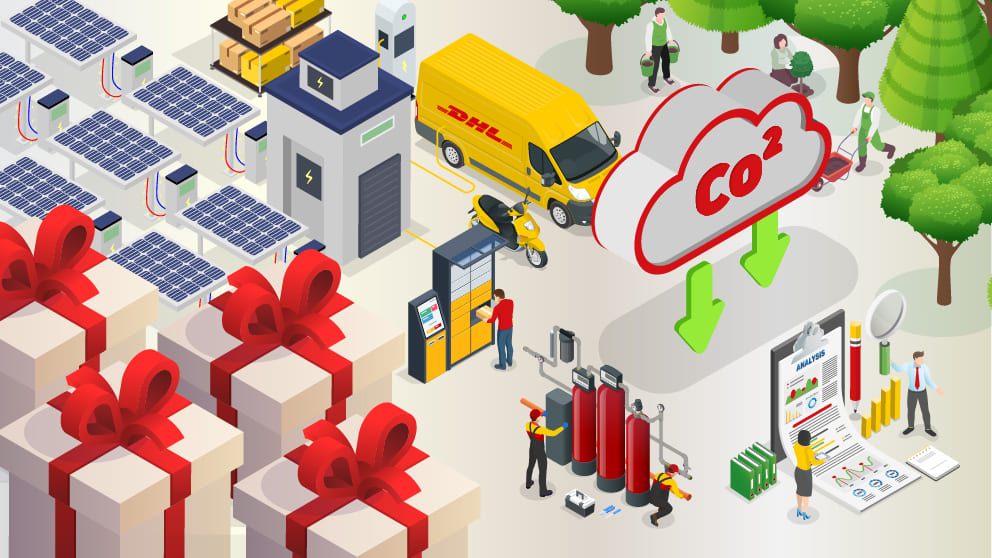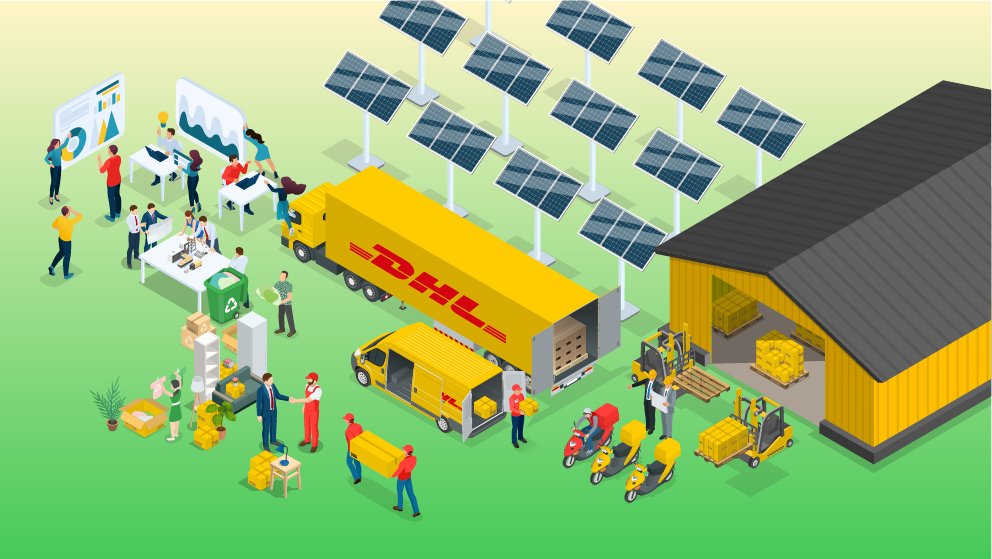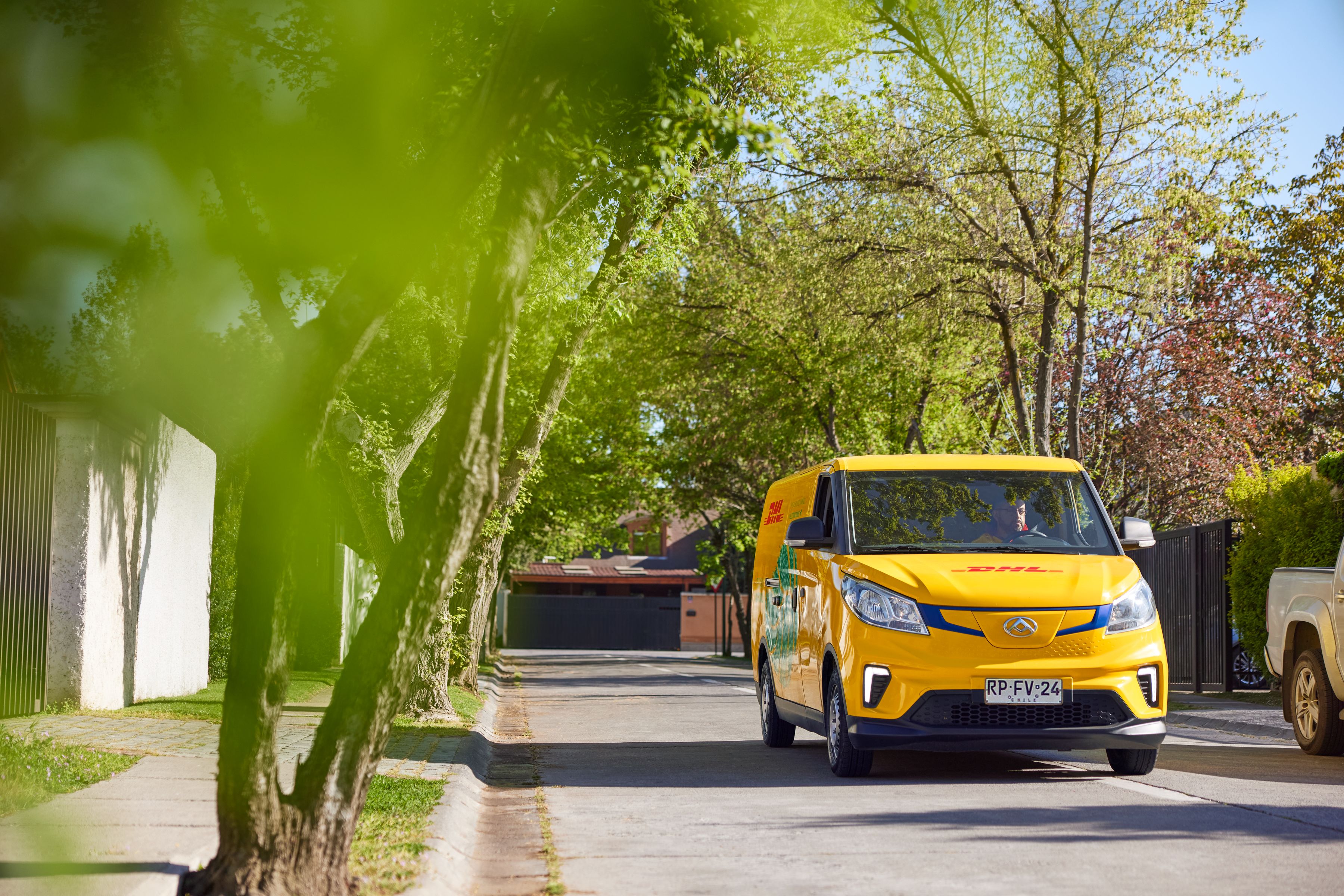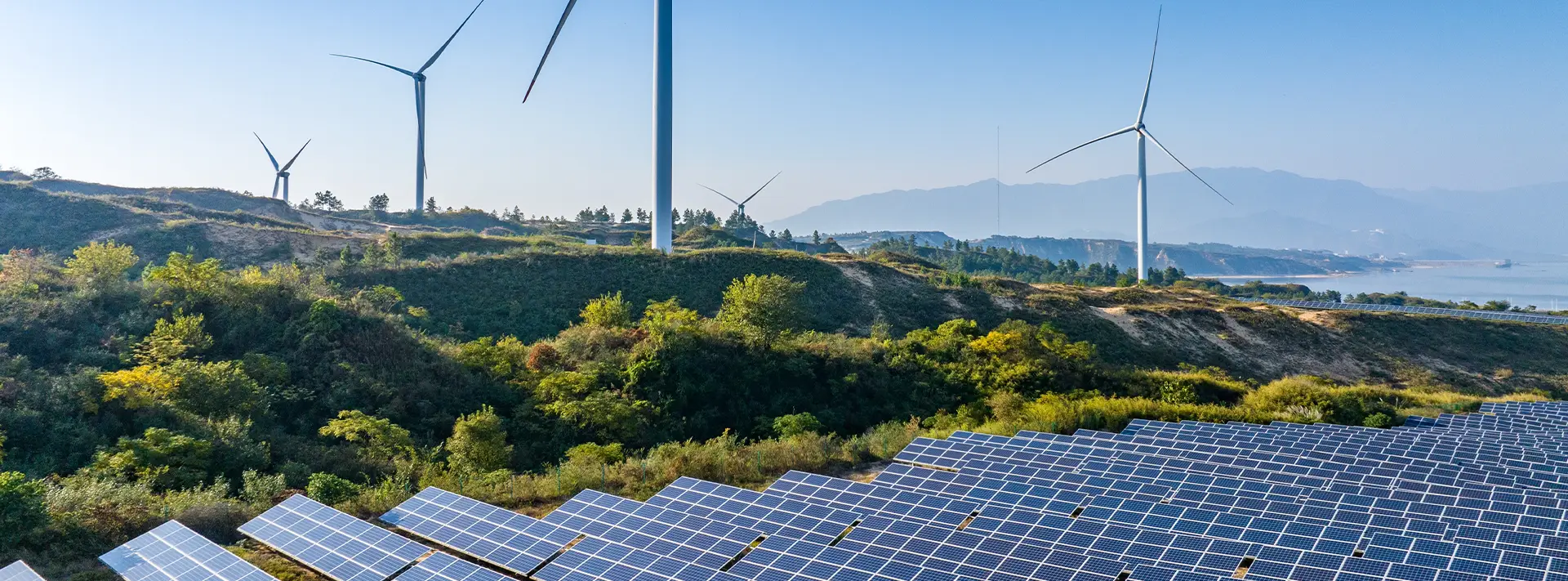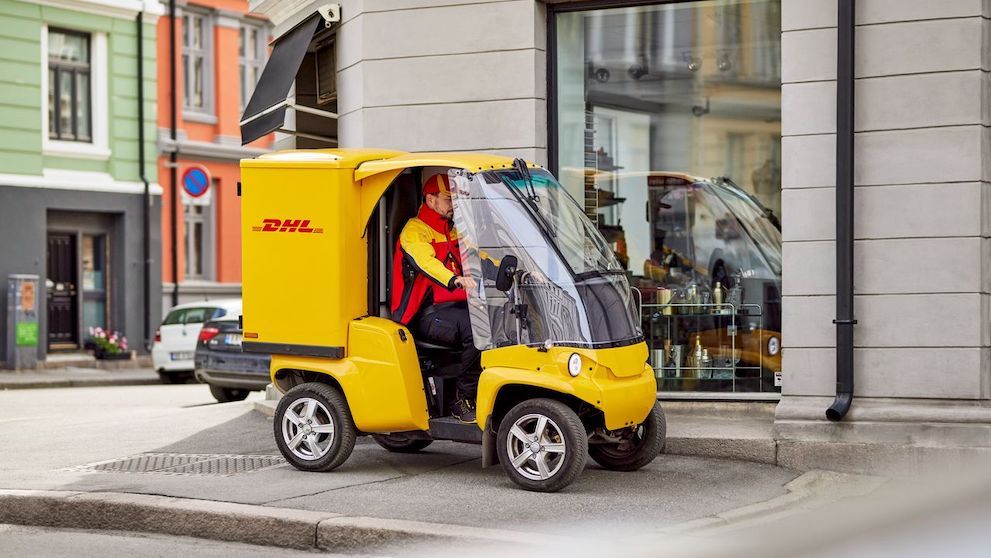Do you know the true cost of supply chain wastage to your business? Excess stock, unnecessary deliveries, unsustainable packaging…these are all things which will impact your bottom line – not to mention the environment. Here’s how to reduce wastage along your supply chain to help your business save money, optimize efficiencies, and be highly responsive to customer demand.
What does wastage within the supply chain mean?
Our minds may automatically picture excess packaging or leftover materials on the factory floor, but supply chain wastage goes much deeper than that. It can also refer to employees’ time – due to a poorly-designed warehouse layout, for example – or unnecessary transport emissions due to inadequate route planning. And those are just a couple of examples.
In short, by optimizing all processes along their supply chains – from the point of manufacture to delivery and returns – businesses can reduce wastage and transform their bottom lines. Here are some strategies to consider:
8 strategies to reduce wastage along your supply chain
These practices will help your business reduce inefficiencies, minimize wasted resources, and save costs.
1. Reporting
You can’t set goals for reducing wastage along your supply chain without first knowing where your weak spots are. Some key reporting metrics your business might consider are:
- The carbon emissions of your logistics, such as your delivery vehicles
- Your renewable energy usage
- The sustainability of your products’ materials
- The recycling of your packaging
2. Supplier collaboration
The next step is to work closely with your suppliers to address these issues. For example, your products’ manufacturer(s) may be able to suggest alternative, more sustainable material options. And it’s a worthwhile investment for attracting customers – nearly eight in 10 consumers indicate sustainability is important to them1. Of those who say it is very/extremely important, over 70% said they would pay a premium of 35%, on average, for brands that are sustainable and environmentally responsible.
3. Inventory planning
Having excess stock is something you want to avoid. You’ll have to pay for warehouse space to store the excess. Worse still, if the products in question are perishable (such as food or beauty goods), you could end up having to throw some away.
But, with the use of inventory management software, you’ll have more accurate visibility over your stock levels, in real time. The most sophisticated of these tools use predictive analytics to help you better forecast demand surges and autonomously order new materials from your suppliers when needed.
Cin72, for example, is a cloud-based inventory management system specifically designed for small businesses. It helps them track inventory across each of their sales channels, and automates orders end to end to meet demand and eliminate stockouts. It also provides insights to enable businesses to continuously improve their operations. Jump online and research some of the tools out there which could help your business overcome its specific inventory challenges.
If you do still find yourself with stock left over, turn it into an opportunity – a flash sale or special discount code for loyal customers will help you shift the excess.
4. AI
Artificial intelligence is playing an increasingly significant role in helping businesses optimize their supply chains by automating processes, increasing productivity, and reducing errors.
One study3 found that early adopters of AI in supply chain management saw a decrease in logistics costs of 15%, an increase in inventory levels of 35%, and a boost in service levels of 65%.
Some examples of AI’s usage to reduce supply chain wastage include:
- Route optimization. It’s no surprise that transport accounts for a large majority of supply chains’ emissions. But route optimization technology can leverage AI to find the optimal routes for your deliveries based on factors like real-time traffic analysis, meaning your fleet are never wasting “empty miles”.
- AI-powered sensors. These track products as they move through your warehouse, reducing the risk of lost or misdirected shipments. They can also track returns and update your e-commerce website’s product listings once the returns are ready for resale.
- Warehouse management layout. AI ensures your products are stored in the optimal location – with the best-selling items closest to the packing stations. This reduces the time spent by your employees (or mobile robots) travelling to collect them, which is especially beneficial during busy peak periods when every minute counts.
5. Packaging
One of the things your eco-conscious customers will certainly notice is the packaging their products arrive in. Orders swathed in layers of excessive and unnecessary packaging material will not win your business any brownie points (for proof of this, just check out the “packaging shaming” hashtag online.) But this route will also cost your business money, too, as poorly packaged products will take up more room during shipping. To reduce this wasted space, pack your products in correctly sized boxes/containers, (whilst still ensuring their protection.)
Another factor to address is the materials of your packaging. These days, there are a wealth of environmentally friendly, recyclable and biodegradable options to choose from. Here’s a snapshot of the sustainable packaging innovations currently shaking up the market – including those made from seaweed!
6. Delivery
A failed delivery of a parcel to a customer means that the courier will have to return and attempt delivery another time – a wasteful and expensive exercise. This is where offering On-Demand Delivery will really pay off for your business. This flexible service allows your customers to choose exactly when and where their orders are delivered. For example, they can opt to have the package left with a neighbor, or sent to an alternate address (such as their workplace.) This will improve your first-time delivery rate (and thus reduce your transport emissions), whilst the customer enjoys a better and more convenient experience which builds loyalty to your brand. Win win!
7. Returns
It’s no secret that returns are a big issue for e-commerce businesses. It’s estimated that up to 30% of all products ordered online are returned to the sender4. Whilst some of these can be resold, inevitably some will be damaged and have to be disposed of – unless your business embraces reverse logistics. This model promotes the “5 Rs” – returns, reselling, repairs, repackaging and recycling – to extend products' life cycle rather than sending them to landfill.
Of course, you can look to reduce your returns rate in the first place, too. Include plenty of high-res photos and detailed descriptions on your product listings’ pages to help your customers have a better understanding of what they’re buying. Be sure to include lots of customer reviews, too.
8. Employees
A final tip: engage with your employees to find further weaknesses in your company’s supply chain efficiencies. It’s a fair bet that they will know where time and money is being wasted.
They should be aware of your business’s sustainability targets, too – collaboration is the key to meeting goals. Teamwork makes the (green) dream work!
How DHL can help
DHL knows a thing or two about sustainability, with a commitment to reducing all its logistics related emissions to net-zero by 2050. By partnering with DHL, you’ll have access to a range of GoGreen solutions to reduce the environmental impact of your operations, including climate neutral shipping. Of course, you’ll also benefit from DHL’s experience in helping SMEs reach new international markets.




